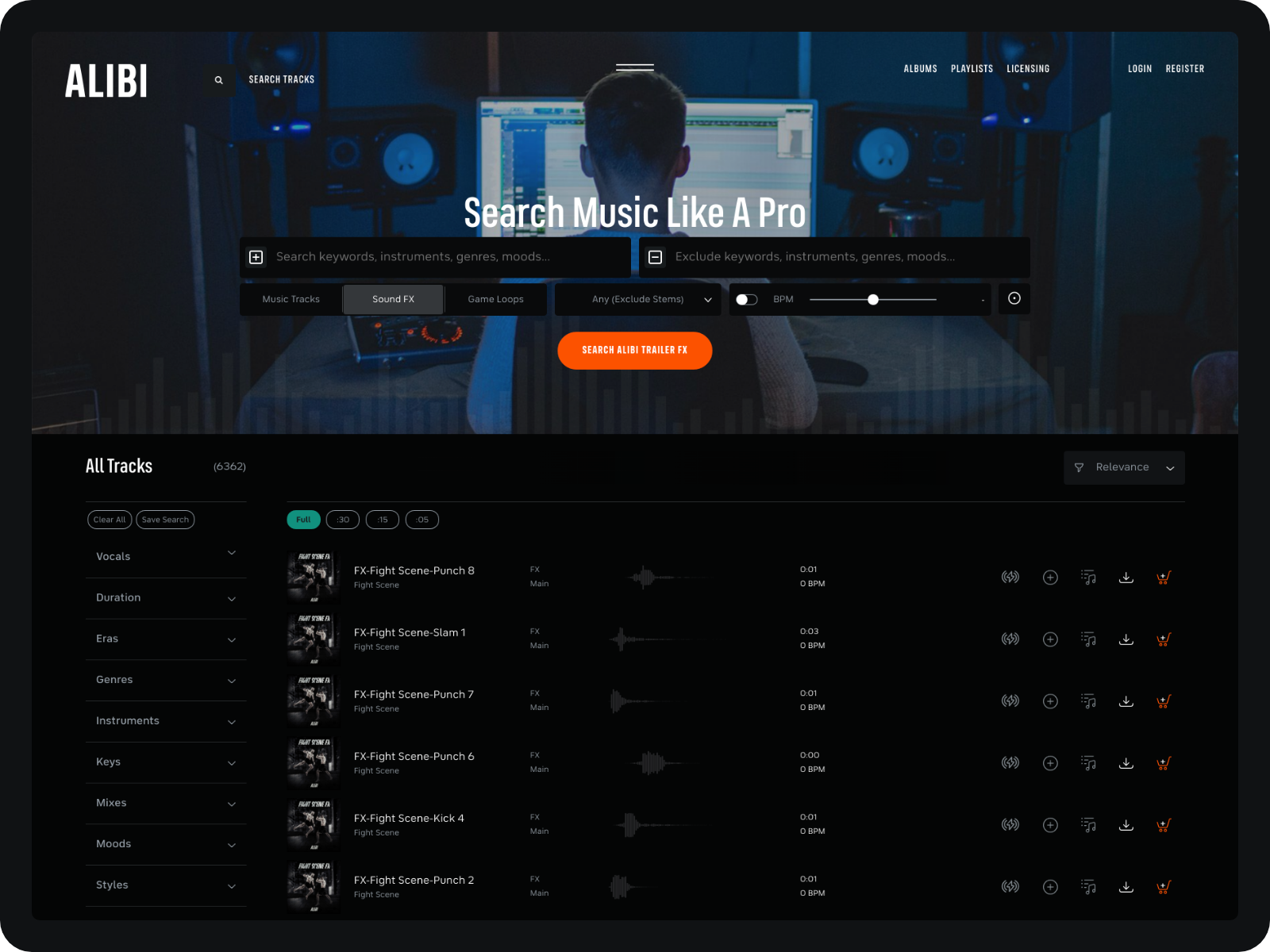That extra connection viewers feel with a brand…their growing anticipation for an upcoming film…the goosebumps they get during an intense scene. The production music you choose — whether overtly or subtly used — plays an indelible role in shaping experiences and moving audiences to action. And while you may work with it every day (some of us in a love-hate relationship kind of way), there are five things many people don’t know about production music.
"Royalty-free" Doesn't Mean "FREE"!
“Royalty-free” is a misnomer: While production music libraries often bill themselves as licensing “royalty-free” music, it’s important to note that someone does actually pay these vital fees that are part of the income for full-time, professional artists and composers. If your commercial, trailer or program is broadcast or streamed, for example, the royalties are already covered as part of the yearly fees networks and streamers pay to performance royalty organizations (PROs).
Metadata in Production Music
Every music track can have 400 fields of data attached to it: Behind every production music track you search are as many as 400 unique fields of data that have been input meticulously to get you that result. Creatively, this data helps define the music in search engines. On the publishing side, it helps ensure that artists and composers are fairly compensated by the PROs. Detailed, accurate data may not sound like the sexiest part of production music, but it is absolutely clutch in giving editors an efficient way to find music that works for their projects. So, next time you find that perfect track for your project, throw the data wizards a little love for making it possible.
Negative Search Functionality from ALIBI
Knowing what you don’t want in a production music track is often the best way to discover what you do want: Let’s face it. The blank page on anything — whether it be writing, producing, editing or just creating in general — is daunting. Similarly, the search for creative assets like production music can yield editors that same frustration — a block to clarity in knowing what you want. You start with a few ideas, hoping they’ll somehow lead you down the path to the perfect track. This is when I say, “think negative”, as in [negative search]. By filtering out those elements you know you don’t want, you’ll make it far more efficient to find music tracks that will work for a project.
The best music tracks for editing actually look like mountain ranges in structure: A good story isn’t flat, and the music to back up that story can’t be flat either. If you picture the classic, three-act story structure of setup, confrontation and resolution translated as an audio wave, you’d see an arc. Add in numerous build options and edit points, and you’ll see a mountain range. Whether cutting a program or a promo, feature film or trailer, videogame or commercial, that mountain range sets you up for highs and lows, breaks in the action, climax and conclusion. The key is structuring music with versatility and emotion, designed with the unique needs of editors in mind.
Production music from real bands doesn’t always mean it’s real good: One of the reasons we haven’t focused on bringing bands into the catalogue is that the songs in our production music library are written especially for Alibi using a given structure, tone and message. This gives composers and artists purpose, relieving the pressure they often put on themselves when creating their own material. The output — free from any preconceived direction of an established band — tends to resonate more with viewers, who often actively seek it out just as they would any new music that draws them. The added benefit? They’ll remember the brand or show that introduced them to it.
*This article originally appeared on
*



